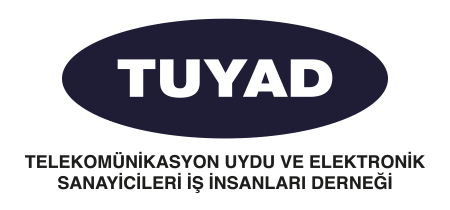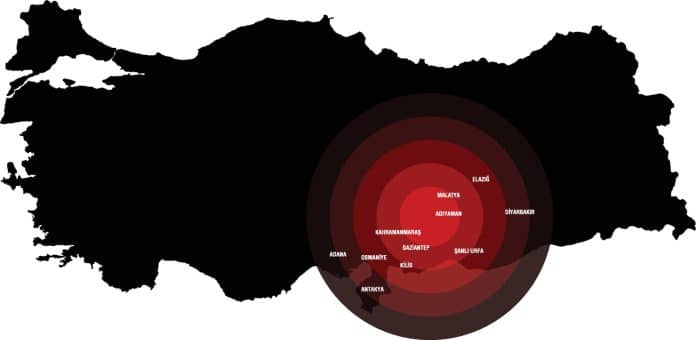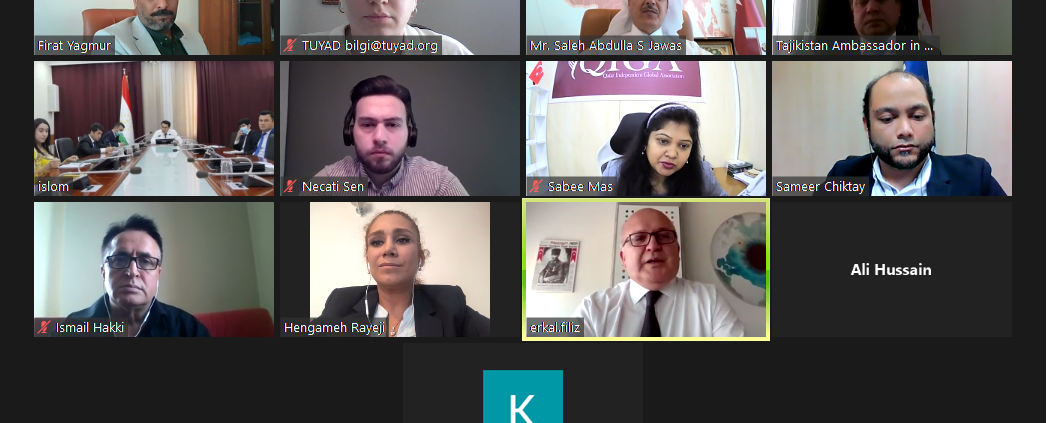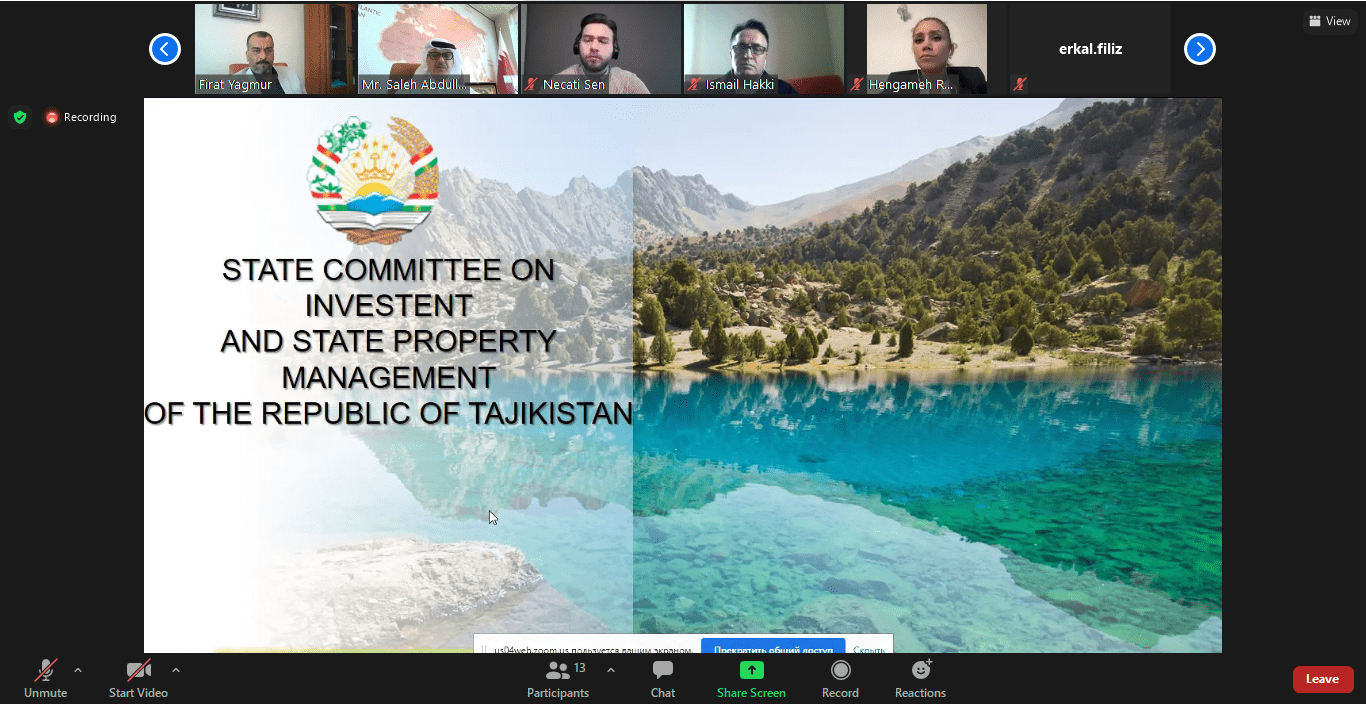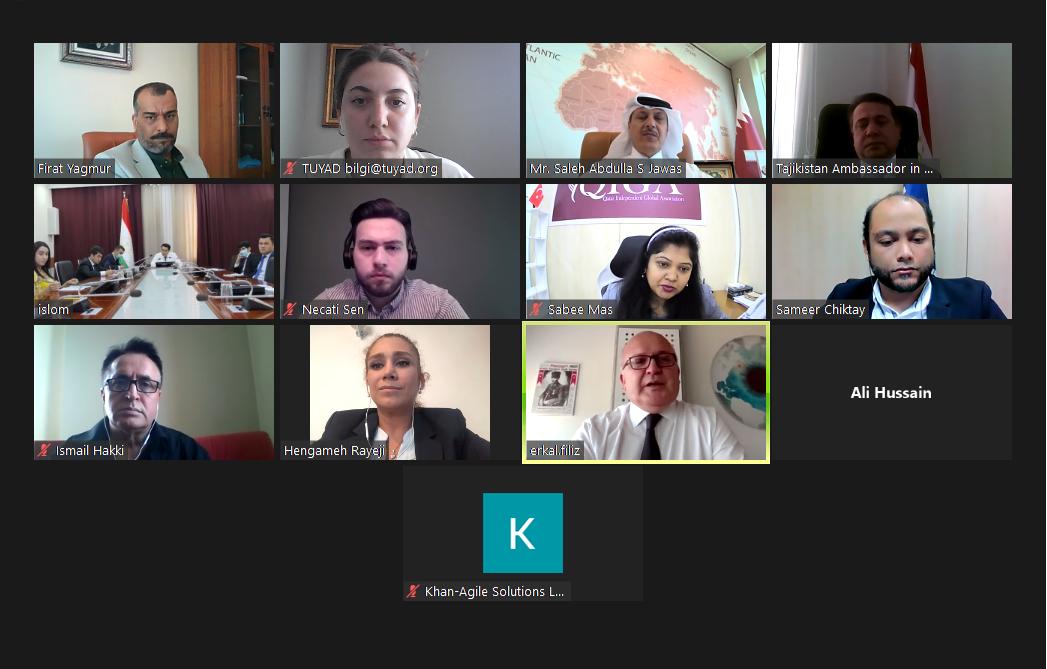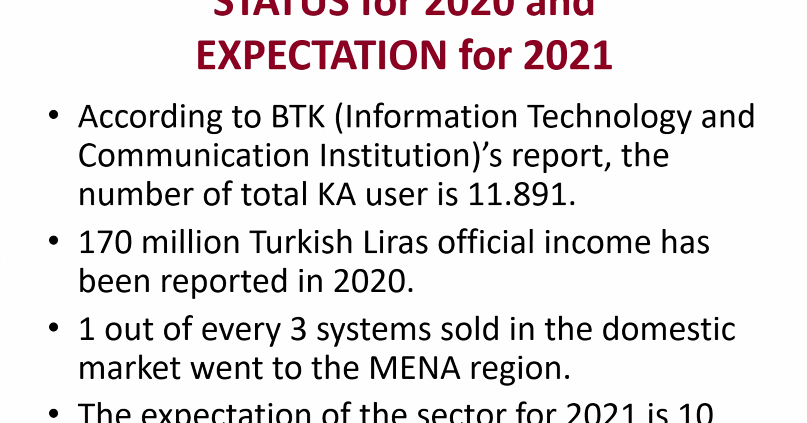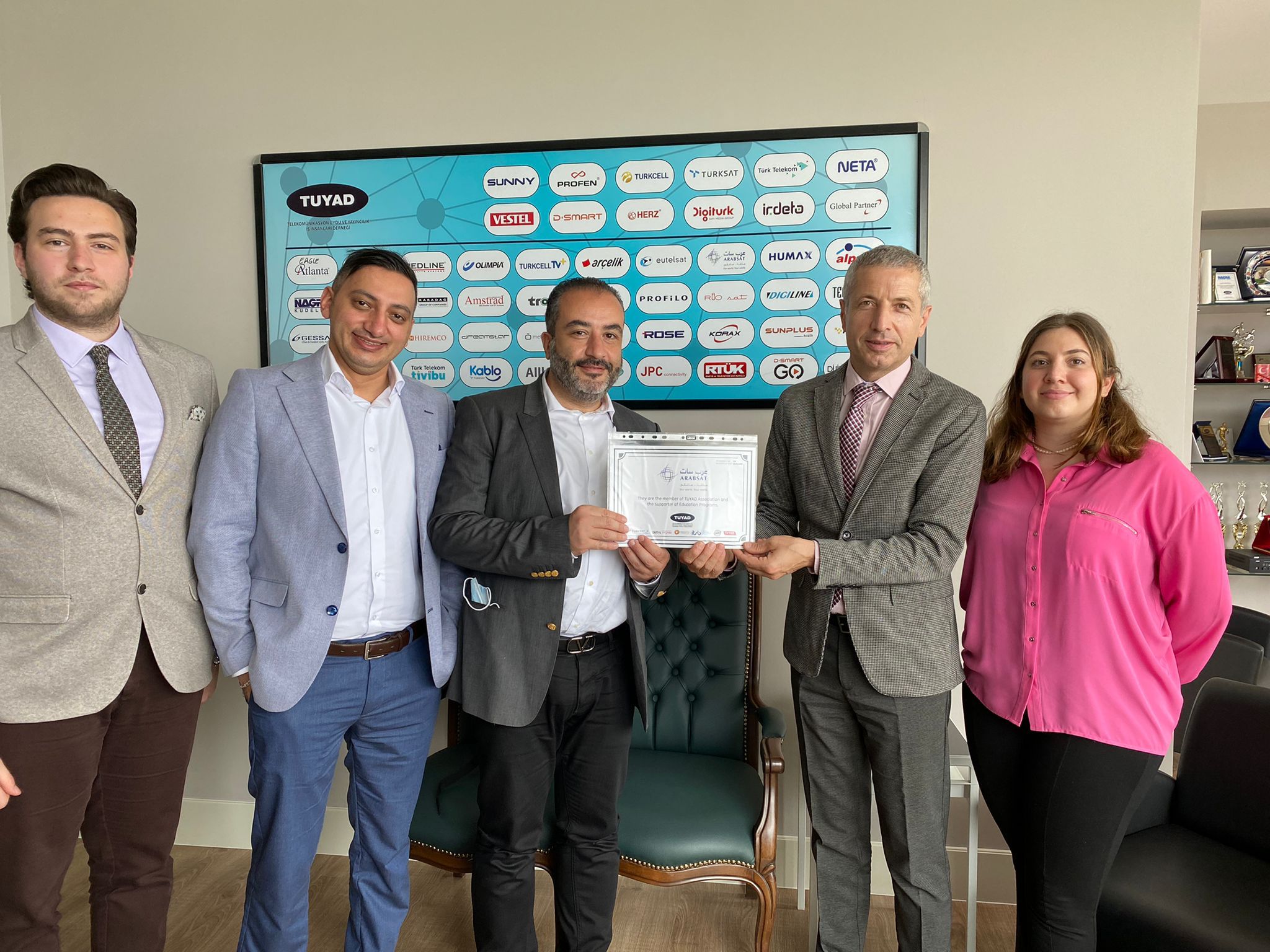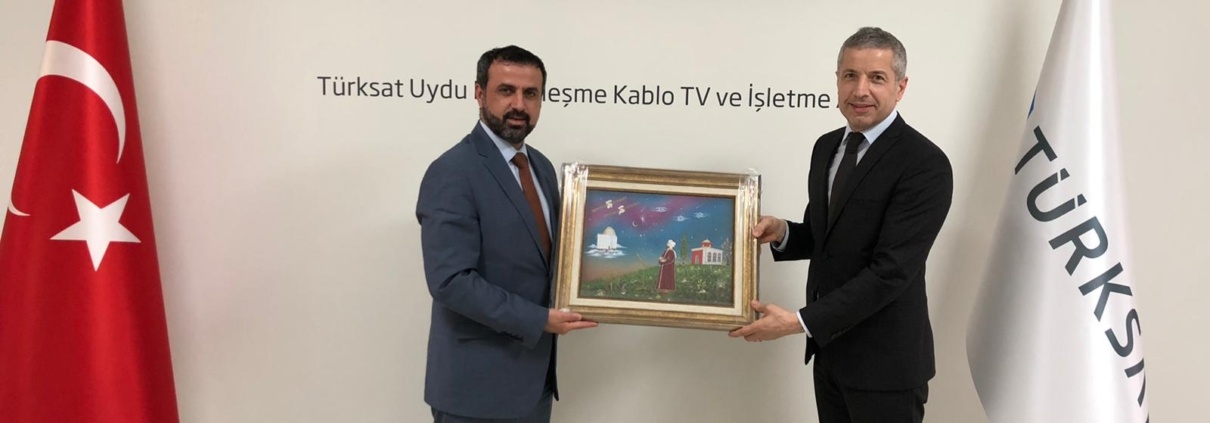Terrorism or terrorism is the pressure, intimidation and use of all means against target groups determined to achieve economic goals.
Almost all of the trade sites in our country have foreign partnerships or ownership and unfortunately, there is a trade sanction terror by applying high commissions to our companies.
In the e-commerce market, uncontrolled store commission fees and additional expense charges are applied without question and arbitrarily.
The ever-increasing cost rates of the competitive market and e-commerce shopping, which is especially preferred during the pandemic period, make it difficult for the shopkeepers.
It is not easy for companies trying to sell products to create a pricing strategy for their products. When many high-rated costs overlap, the price offered to the end consumer becomes very high. As a result, the seller uses different ways to eliminate its cost. These ways; sometimes it is to show its products in features that it does not have or to escape from various tax factors. Otherwise, it is almost impossible to put forward a competitive price.
Although rival companies or brands have difficulty in understanding these very competitive prices, they are obliged to sell with these prices. The result is clear; Our companies are damaged and shut down. However, e-commerce sites continue to offer sales services with new partners.
Although the e commerce market works, it may not work for our companies looking for an honest and worthwhile profit margin.
If there are no merchants who can truly understand the just competition rules in the country where e-commerce sites exist, this situation should be very well controlled by the relevant institutions of the state and the profit margin of the sites should not exceed certain rates.
Unfortunately, especially the companies that exist in the Middle East and this nearby geography are not honest and sensitive to their competitors. With only sales-oriented thinking, many of our companies are in danger of disappearing in e-commerce. These channels, where our sellers cannot create just competition, must be urgently regulated by the state.
In e-commerce, there is no fixed commission fee, no additional cost restrictions to be added to the pricing structure, no fee scale to be added to the cargo, no refund and penal sanction limit, no fixed rate deduction for every transaction, no problem of who will pay the tax on the commission invoice. The only thing that exists is the sanctions that will allow the e-commerce site to make more profit every day.
Are you against it? No problem. It is easy to find a vendor anyway!
In the past, the biggest nightmare of the sellers were moneylenders and they received a monthly interest rate of 5%. Now, e-commerce sites have become the worries of the merchants. The most innocent gets a 20% commission fee.
Although some e-commerce sites may seem free at first, they now receive commissions from both the buyer and the seller. This creates unfair gains in the taxation of bilateral commissions and commissions.
Below you can see a table comparing commission rates and costs of some of the major ecommerce markets.
| E-commerce site |
Minimum total commission rates |
| N11 |
%22 |
| Hepsi Burada |
%22 |
| Gitti Gidiyor |
%22 |
| Trendyol |
%25 |
| PTT |
% 20 |
Some e-commerce sites cut a total of 45% from the sale of electronic devices and accessories. This ratio occurs in the sum of different transactions. Your chance to appeal is already disappearing with the contracts you initially signed.
Apart from these commission rates, we have to constantly pay OPPORTUNITY, CORPORATE and ADVERTISEMENT fees, and sales have to be made over the specified shipping company and fee.
E-commerce marketplaces have set commission rates for product sales in different categories and reflect these commission rates to companies on sales including VAT. Of course, the tax liabilities of vendors increase here.
After all these negativities, the small amount of profit left to the seller will be spent on other taxes, personnel expenses and other expenses.
While these factors left the tradesmen in a difficult situation, with the law numbered 7256, which was approved at the General Assembly of the Turkish Grand National Assembly and approved by the President Recep Tayyip Erdogan and published in the Official Gazette, certain rates of tax exemption are applied to individuals and companies engaged in e-commerce as of January 1, 2021. These laws are the elements that will destroy the tradesmen.
The fact that sites such as Amazon, Ebay, Airbnb and Alibaba, which have been famous abroad, have started selling in our country due to these free trade elements.
Our companies that enthusiastically enter e-commerce need to think carefully about the advantages and disadvantages and how they can be applied to their current business goals. While e-commerce may initially seem like it will solve all your business problems, moving from a physical location to an online store has its drawbacks, and these disadvantages can even lead to the end of your established company.
As a result, we need evolving technology and e-commerce for the existence of the market and the simultaneous maintenance of brands, but e-commerce with moderate commission rates will be more appropriate.
Commission rates should be low until a point where profits are made. With the number of customers growing day by day, all of us should always gain. Our recommendation will be a 10% fixed commission rate with all costs included.
To sum up;
E commerce is indispensable. As the main income of brokerage, commission is the most popular business model in the modern market. However, the fact that the commission is not permanent and disturbing will bring success.
Although our companies are keen on e-commerce, they must admit from the outset that they also have disadvantages. When all parties accept that these situations are a problem, we will overcome e-commerce problems and have a say in the global market.
Hayrettin Özaydın


